Let’s be honest. The job market today feels less like a professional landscape and more like a twisted game of hide-and-seek. You’re doing everything right: updating your resume, tailoring your cover letter, and hitting “apply” on what feels like a thousand jobs a day. Yet, you hear nothing. Crickets. When you do get feedback it is iften a rejection with little to no feedback.
It might be very tempting to feel like there is something fundamentally wrong with you, but this isn’t the case— it’s a symptom of a deeply flawed system.
On the surface, everything looks great. Some countries report low unemployment rates, and job boards are overflowing with new listings. But if you’re one of the countless individuals spending months or even years in this loop, you know these numbers don’t tell the full story. The official unemployment rate only counts those who are actively job-seeking and completely jobless. It conveniently ignores the underemployed, the part-time workers desperately seeking full-time roles, and the gig workers scrambling to make ends meet. It paints a deceptively rosy picture, while the reality on the ground is far bleaker.
The Ghost Job Epidemic: A Corporate Smokescreen
So, if all these jobs are listed, why aren’t they being filled? The answer is simple and infuriating: a huge number of them aren’t real. They’re what we call “ghost jobs.” The companies are legit, but the job listings are just a smokescreen.
According to a survey by ResumeBuilder.com, a staggering 40% of companies admitted to posting a fake job this year. And here’s the kicker: seven out of ten hiring managers consider this practice “morally acceptable.” Why would they do this? The reasons are as cynical as they are strategic:
- Data Farming: Companies harvest applicant information to build a pipeline of potential candidates for future needs. Your resume isn’t being reviewed for a current opening; it’s being filed away for a rainy day.
- The Illusion of Growth: Posting open positions makes a company look like it’s growing and thriving. This can inflate their valuation and boost stock prices, a classic bit of corporate theatre.
- Employee Manipulation: This is where it gets truly insidious. Companies use fake job listings to manipulate their current workforce. They might:
- Encourage existing employees to work harder for a “promotion” that doesn’t exist.
- Hint at the possibility of hiring external candidates for lower salaries, pressuring current employees into accepting less.
- Create a sense of anxiety and replaceability to keep staff on their toes.
- Pretend to be hiring help to alleviate burnout and keep employees from quitting.
The results of this corporate gaslighting are incredibly effective, from a business standpoint. One study found that 68% of hiring managers reported a positive impact on company revenue from ghost listings, while 65% saw an increase in employee morale and 77% noted an increase in productivity. It’s a win for them, and a massive loss for you.
The ATS Hurdle: When Algorithms Kill Your Career
Even for real jobs, the game is rigged. Your resume is likely being fed into an Applicant Tracking System (ATS), an algorithm that scans for specific keywords. If your resume isn’t perfectly optimized for the bot, it gets tossed out before a human ever sees it. It’s like trying to get past a bouncer who only lets people in if they’re wearing a specific brand of shoes—and you don’t even know what the brand is.
This is the very reason why perfectly qualified people get overlooked. A slight variation in a job title or a missing buzzword, and you’re gone. It’s a soulless, automated lottery that benefits no one but the corporate bottom line. And the worst part? Companies engage in all this manipulation and then have the gall to complain that “no one wants to work anymore,” shifting the blame to the very people they’re systematically ghosting.
Your Career Isn’t Off-Track. Here’s How You Can Forge Your Own Path
Navigating the Modern Job Market: Your Playbook
So, what’s a proactive professional to do? You can’t change the system, but you can learn to play the game better—or, even better, create your own.
1. Outsmart the System:
- Tailor Your Resume: This is non-negotiable. Use the exact keywords and phrases from the job description.
- Identify Ghost Jobs: Look for red flags like a position being open for months, a vague description, or a company repeatedly posting the same role.
2. Leverage Human Connections:
- Prioritize In-Person Opportunities: Attending job fairs allows you to bypass the ATS and put your personality in front of a real human being.
- Network Relentlessly: Referrals and personal connections are still the gold standard. Who you know is just as important as what you know.
3. Embrace Self-Employment and Entrepreneurship:
- Tired of the games? Start your own. Freelancing or building a side hustle is the ultimate way to bypass the “ghost job” nonsense and take control of your income. The modern creator economy has made it easier than ever to turn your skills into a business. It’s a way to get paid for your expertise directly and build a network that could lead to new opportunities you never even imagined.
Conclusion: Take Back Control
The modern job market is a gauntlet of ghost jobs and algorithmic gatekeepers. It’s designed to be inefficient and, at times, downright manipulative. But by understanding the game, you can stop playing by their rules.
Instead of endlessly hitting “apply,” invest your time in networking, upskilling (I am building a platform to help you do just this— it’s called Skillapreneur), and considering entrepreneurship as a viable path. By doing so, you’re not just finding a job; you’re reclaiming your power and charting a new, more fulfilling course for your career and financial well-being.

I’m a full-stack marketing, branding & business tech consultant. I design & implement research-driven, high-impact business solutions that prioritise ROI and user experience. I do this by applying my many years of experience in data-driven marketing, content development, branding design and business technologies (AI, e-Commerce and automation).
